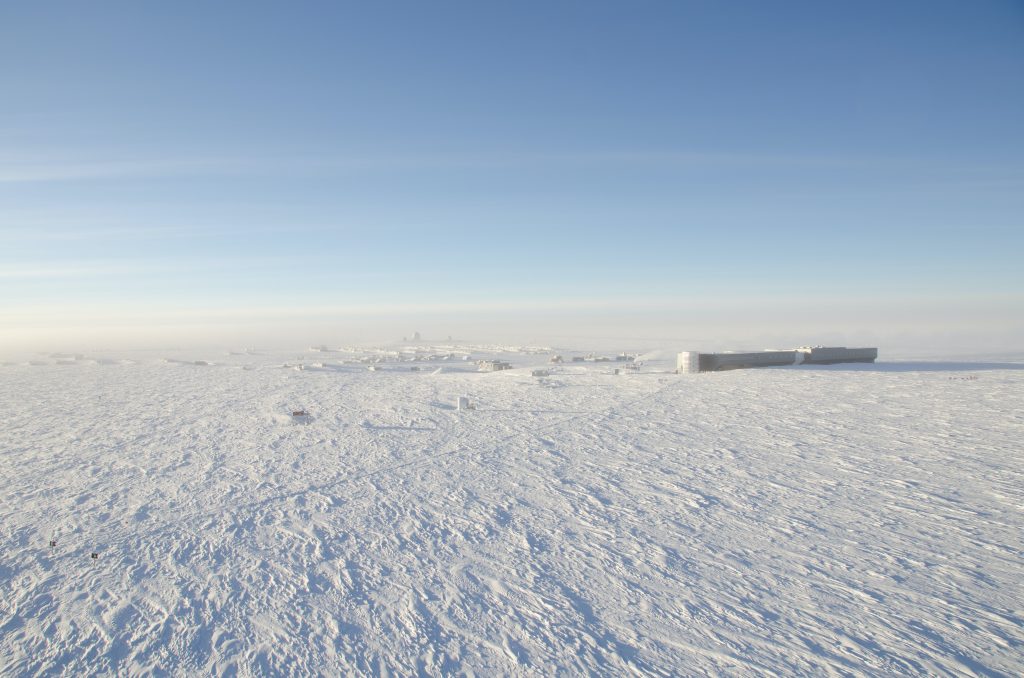When I served in the Royal Navy, I always hoped for a trip down south on HMS Endurance or AN Other warship. I never did make it, but I still hope to do so one day, sustainably of course. I marvel at the sheer scale of frozen emptiness, and our own utter insignificance as individuals (except for Influenzers and Narcissists who are hugely important people, in their own minds. Public figures no less.) Yet, collectively, we humans are important. We are responsible for the damage we cause, the loss of natural habitat, and yes, climate change.
In January, data compiled by the World Meteorological Organization revealed the last eight years as the hottest on record globally. On the Antarctic Plateau, the coldest place on the planet, sea ice shrank to its smallest extent since recordkeeping began. There are various implications of this, from sea level rise (not good for coastal and below sea level-living humans) to loss of natural habitat (not good for Emperor Penguins).
Under the business-as-usual greenhouse gas emissions scenario, 80% of existing colonies of emperor penguins could be quasi-extinct by 2100. The species, endemic to Antarctica, depends on bitterly cold temperatures and stable sea ice as a breeding habitat.
And it’s not just on the Antarctic ground that we see negative climate impact, but in the skies too. The hole in the ozone layer, that one environmental problem that we were supposed to have sorted by banning CFCs, is causing fresh worries. Scientists flagged a potential new trend in 2022, when the ozone hole took longer than usual to close for the third consecutive year. The Antarctic ozone hole begins enlarging in August, reaches its maximum size in late September, then usually closes in November. But for the last three years, the hole has not closed until late December, with climate change suspected as one possible cause.
However, there is some hope. If we can cap global temperature rises at the all-important 1.5 degrees Celsius, we can reverse these trends. For the penguins, this would reduce population loss from 80% to between 19% and 31%. Not great, but better. Matthew England, professor at the University of New South Wales (UNSW),told journalists at Mongabay that Antarctic records will keep getting broken for a while to come. “But the extent to which they are broken will be set by our future emissions pathways.” We humans have a choice.
One thing is as clear as the icy waters, Antarctic climate change trends could, if they escalate, have huge consequences for ecosystems and human communities. What happens in Antarctica does not stay in Antarctica.
We can choose to bury our collective heads in the rapidly diminishing Antarctic sea ice, or we can choose to stand above the parapet and do our part. When it comes to finance, and doing its part, there has this week been a raft of new regulation, and promises that more is coming. New rules on transparency, avoidance of greenwashing and the “what makes a green investment” rulebook. One thing we are very good at in finance is regulation. Lots of it. Endless reams of mindless reports asking for the same information in a different way on a different day. Followed by requirements to evidence price and value. I seem to spend more and more of my time proving and evidencing, with less actual doing, which of course doesn’t help with price!
There has also been an ongoing busy corporate AGM season, with lots of activity and publicity around the issues being debated between corporate executives and shareholders. Many of these have related to environmental issues, such as climate change, and social ones, such as workers rights. While the Executives seem to have come out on top overall, there is without doubt a much greater awareness across the finance industry about the possibility of using share ownership as a lever of positive change.
One significant development was the announcement that Climate Action 100+, one of the world’s largest investor coalitions on climate, is raising its member standards. The group brings together asset managers and owners with combined assets under management of $68 trillion.
Going forward, Climate Action 100+ signatories will be called upon to ensure the companies they invest in have strong transition plans, setting out credible pathways to reach net-zero by 2050 at the latest. Company transition plans should crucially cover emissions across the value chain, including indirect (Scope 3) emissions. They should set out low-carbon investment plans and the board should be accountable for climate risk management.
As well as greater standards in investor – company engagement, we have also seen several indications that investment conditions are good for renewable energy, with its increasing usage and falling prices compared to the brown equivalent.
Just like the polar ice, finance tends to take a while to soften at the edges, to give up long-held ground and consider people and planet before profit. Things are however changing and the more we align our investments and our intentions with a more sustainable future, the faster the pace of change can be.
If investing to make a difference, without damaging your pocket sounds good to you, please contact me here: www.somersetwm.co.uk/call
Please note that capital is at risk and sustainable investments are designed for the long term.
Antarctic warming alters atmosphere, ice shelves, ocean & animals (mongabay.com)
Climate Action 100+ enters new phase to push for net-zero transition plans (edie.net)




